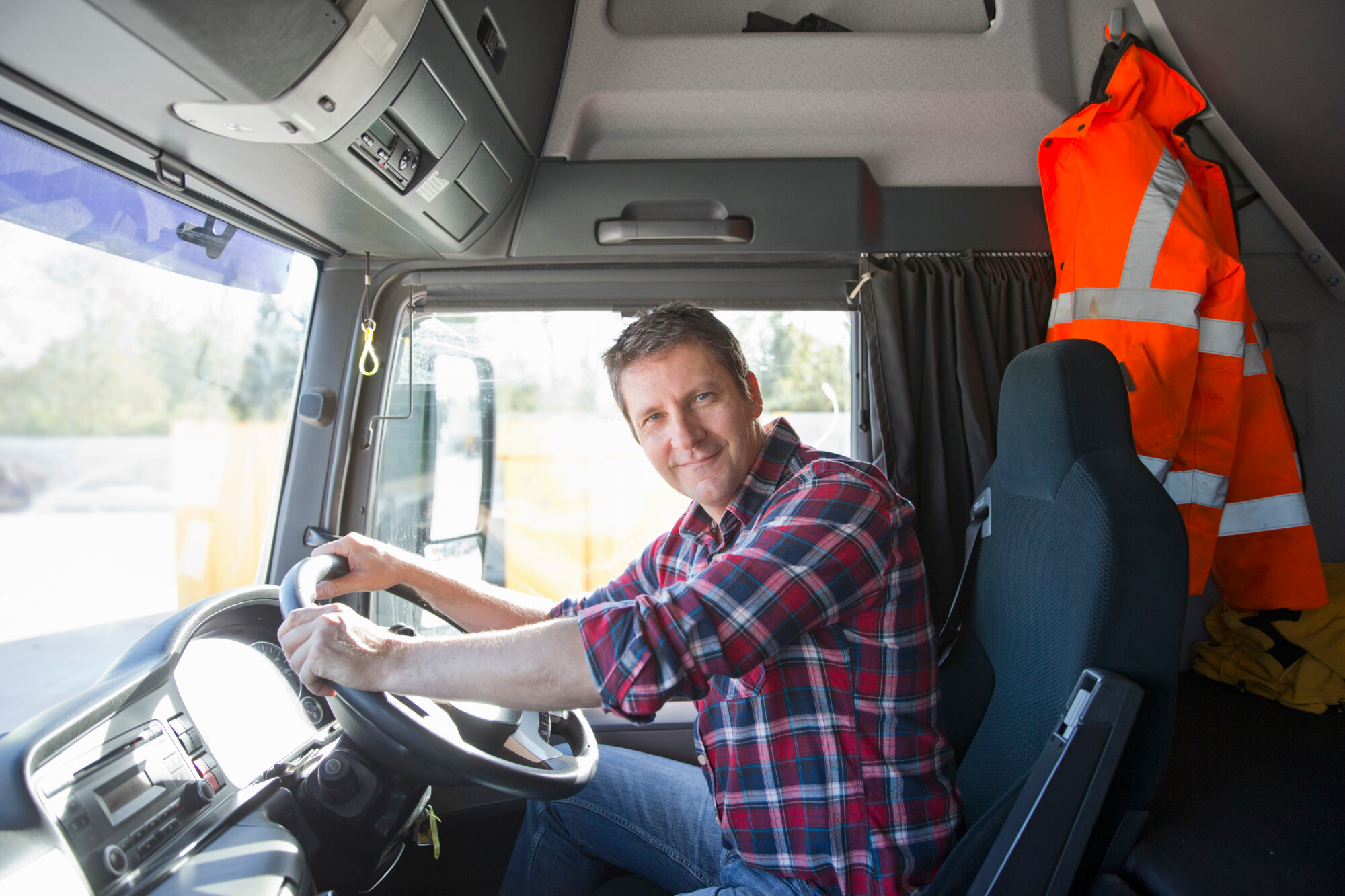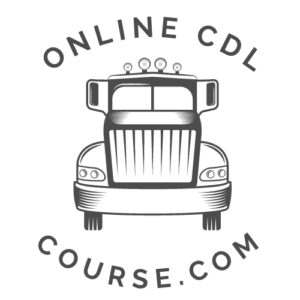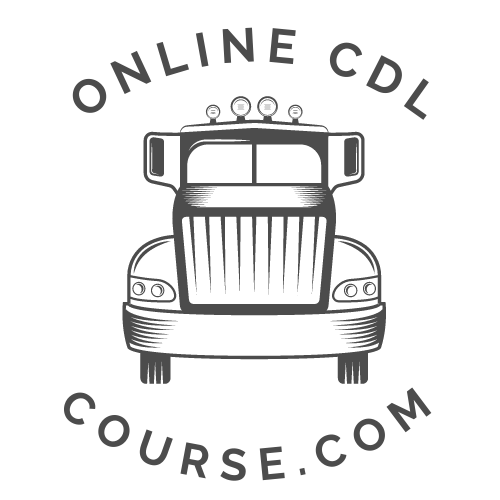If you’re considering a career in the trucking industry, you’ll have plenty of jobs to choose from. The job outlook is bright, with a projected growth of 4% from 2021 to 2031 and over 259,900 openings for heavy truck drivers each year. To enter this industry, you need knowledge and education that teaches you how to operate these large vehicles safely. A CDL license serves as your gateway into the industry, but there are different types of CDL licenses. Being unfamiliar with these licenses can make the process overwhelming.
Luckily, you just need to learn the basics to move in the right direction.
Are you ready to get a CDL and start your career? Read on to learn everything you need to know about the different types of CDL classifications.
Overview of Commercial Driver’s Licenses
A commercial driver’s license (CDL) is required for driving commercial motor vehicles like dump trucks, semi-trucks, and tractor-trailers.
If you want to make a lifelong career out on the road, you’ll need a CDL. The type of CDL you need depends on the vehicles you plan to drive. The vehicle’s gross weight determines Class A and Class B CDL classifications.
In addition, you can drive specialized vehicle types like tank trucks or buses with the proper endorsement. Common endorsements include:
- Passenger (P) means you carry passengers
- Tank (T) contains liquid cargo
- Hazardous Materials (H) have flammable or explosive materials
To get an endorsement, you must get a Class A or Class B CDL and take an entry-level driver’s training course. You’ll need to take a specialized course and pass a test to obtain the endorsement.
Benefits of Having a CDL
There are many benefits to having your CDL, making it well worth your time and effort. First, CDLs are in high demand by many employers around the country.
According to the American Trucking Association, the average age of a long-haul truck driver is 46. Not only that, but other data suggests it’s likely a low age estimate since almost 70% of drivers surveyed had over 20 years of experience.
This means there will be a lot of drivers reaching retirement age each year. As a result, you’ll have many opportunities to step into the industry at any time.
A CDL also leads to diverse career opportunities. This is because a CDL training program doesn’t only lead to just one career path. Once you’re a driver with a CDL, you can choose to drive a bus or start your own business.
Finally, a CDL gives you a marketable edge, making you more valuable to potential employers. It shows you’re committed to your career and can handle many responsibilities.
What Kinds of Jobs Can You Get?
Once you get a CDL, you have access to jobs all over the country. Employers actively search for people who are CDL drivers since these drivers have the education they need to succeed.
Numerous jobs are available in the long-haul trucking industry, transporting various kinds of goods. You can also work for local companies to make short-haul daily deliveries.
Finding CDL Courses
You’ll need to find a reputable CDL school that offers a variety of CDL courses. Online CDL schools make getting a CDL much easier, and you can find schools that offer courses in every state.
You can take an online course at your own pace and also get assistance finding behind-the-wheel (BTW) training.
Courses at OnlineCDLCourse.com are FMCSA approved and include video, audio, and text content. FMCSA stands for the Federal Motor Carrier Safety Administration and is a part of the US Department of Transportation.
FMCSA has a training registry that ensures entry-level commercial drivers get the training they need, as required by law. FMSCA-approved programs meet the minimum federal training requirements for new drivers.
It’s essential to ensure the school you choose is FMSCA-approved so you get the training you need to get behind the wheel.
Enrolling in an approved program gives you access to entry-level driver training (ELDT).
You’ll usually need to be at least 21 to get a CDL, but this depends on your state.
Let’s look at the common types of CDL courses you can take:
Entry-Level Driver Training (ELDT)
Federal law requires you to take ELDT before you can get your CDL license and become a commercial driver. The regulation affects anyone who gets their initial CDL after February 7th, 2022.
ELDT gives you all the basic training entry-level drivers need to get a Class A or Class B CDL. It also allows you to upgrade your current Class B CDL to Class A CDL.
People who want endorsements for hazardous materials or passenger vehicles must also take an ELDT course.
It’s best to find a school with ELDT training combined with your chosen CDL training.
Class A CDL ELDT Course
You need a Class A CDL to operate a vehicle or combination of vehicles with a weight rating of 26,001 pounds or more. For Class A, the towed vehicle exceeds 10,000 pounds.
A gross combined weight rating (GCWR) describes the maximum allowable weight of a fully loaded tow vehicle and loaded trailer. GCWR is critical in determining CDL requirements for your truck.
Class A CDL allows you to drive certain vehicles, such as:
- Flatbeds
- Semi-trucks
- 18 wheelers
- Tank vehicles
- Livestock carriers
When you get all the proper endorsements, a Class A CDL allows you to drive certain Class B and Class C vehicles. It’s a great option if you know you’ll be driving vehicles like 18-wheelers but can see making changes in the future.
What Does a Class A CDL Course Involve?
The Class A CDL course begins with an introduction to the course and a commercial driver’s license manual.
You’ll begin with lessons in basic CDL information and basic vehicle operations. Classifications, endorsements, and restrictions are covered first. You’ll learn about safety rules, height, and weight requirements.
Next, you’ll spend a lot of time learning about dashboard gauges, lights, and indicators. Vehicle controls and safety components are also key in the first few lessons.
The course then details the basics of completing a thorough inspection. As a driver, you must check everything to ensure it’s in the correct working order before leaving on a trip. Any issues or damages need to be addressed before you can depart.
You’ll learn all about the components of pre-trip inspections like:
- Steering mechanism
- Service brake
- Parking brake
- Tires
- Horn
- Lighting reflectors and devices
- Windshield wipers
Other lessons include backing up, steering, and distracted driving. Advanced operating procedures include classes on hazard perception, skid control recovery, jackknifing, and other driving emergencies.
The best part of a Class A Course is how in-depth it is. You’ll learn everything you need to know about operating vehicles safely. You’ll be completely ready to get behind the wheel at the end of the course.
Class B CDL ELDT Course
Your next option is a Class B CDL course. A Class B license is necessary to operate a vehicle weighing over 26,001 pounds and a tow vehicle that weighs less than 10,000 pounds.
Class B CDL prepares you to drive vehicles like:
- Box trucks
- Straight trucks
- Dump trucks and small trailers
- Buses
Class B CDL and specific endorsements allow you to operate some Class C motor vehicles.
If you know you won’t be driving anything other than straight or box trucks, a Class B CDL is a great option. However, if you think you’ll likely want to expand the number of vehicles you can drive, you should consider a Class A.
What Does a Class B CDL Course Involve?
Like the Class A curriculum, Class B CDL courses begin with an orientation. Next are dashboard gauges, indicators, and safety components.
You’ll also learn the entire inspection protocol, from pre-trip to after-trip inspections. Backing up with a trailer and correctly docking are huge parts of the course. When you take an online course, you can watch videos that guide you through the procedure.
Distracted driving, road hazards, and signal communications help you learn essential safety rules while on the road.
Speed on different road surfaces, downgrades, and stopping distances are covered in detail. Advanced operating practices teach you about accident recovery skills, like how to deal with brake and tire failure.
This CDL training will prepare you to get behind the wheel and qualify for most driving jobs requiring a Class B CDL license.
Class C CDL
You’ll need a Class C commercial driver’s license to operate any type of vehicle that can transport over 16 people or hazardous materials.
A Class C with the proper endorsements allows you to drive vehicles like passenger vans or small hazmat vehicles. Basically, you’ll be able to drive most combinations of vehicles not included in Class A or Class B CDL.
CDL Endorsements
You can also get specific endorsements along with your CDL. Endorsements are a great way to fine-tune your skills for a particular type of driving you may be interested in.
With OnlineCDLCourse.com, you can bundle endorsement courses together with a Class A or Class B ELDT CDL course to save money.
There are many endorsements you can get, but some of the most common endorsement courses include:
ELDT Hazmat Endorsement Training
A hazmat endorsement training course is suitable for anybody who wants to be able to work with hazardous materials. In the United States, federal law requires anybody that transports hazardous goods to have this endorsement.
This course increases your knowledge and awareness of hazardous materials (hazmat) and potential incidents that can occur from human error.
You’ll learn about each type of hazard along with the side effects. You’ll also become aware of the potential damage it can cause to people and the environment.
Hazmat endorsement courses also teach you about the rules and regulations of hazmat materials. You’ll learn about shipping papers, certification, and packaging labels. Additionally, incidents can occur during hazardous material transport, so you’ll learn about filling out incident reports.
You’ll be able to work at your own pace and be ready to take the hazmat endorsement test. You won’t need to worry about behind-the-wheel training with this course. Finally, a hazmat endorsement can be added to a Class A or Class B CDL.
CDL Passenger Endorsement
CDL Passenger (P) Endorsement allows you to operate passenger vehicles with over 16 passengers. It’s an ideal path if you want to be able to travel but keep a regular schedule.
The job requires close contact with people since they’ll be your passengers. If you love working with people, this endorsement may be right for you.
This endorsement can be added to a Class A or Class B CDL and requires you to take a knowledge test. You’ll be tested on proper procedures for loading and unloading passengers and using emergency exits.
You’ll also learn to deal with unruly passengers and emergencies like a fire.
CDL School Bus Endorsement
This course ensures you meet the requirements for a school bus endorsement in the US.
A Class B CDL with a (P) and (S) endorsement allow you to transport students in pre-primary, primary, or secondary age groups. You can transport them from home to school and from school to home.
You’ll only need a (P) endorsement if you want to drive empty school buses to school or the mechanic.
The classes teach you all about driving with students, including the dangers of loading and unloading. You’ll learn about approaching and stopping at bus stops and specific threats to look out for.
Additionally, the course teaches you information about various types of school buses. This includes brakes and electrical systems along with the engine compartment. You’ll get very familiar with driving a bus and know what to do if you encounter an issue.
You’ll be ready for the (S) endorsement test and behind-the-wheel training at the end of the course.
Choose Your CDL Licenses Today
Knowing more about the different CDL licenses will help propel you forward in your career.
Remember, you can always take one course and return later to take more classes, depending on your interests.
Your next step is to turn to OnlineCDLCourse.com for your CDL course needs. We have a variety of online CDL courses you can choose from, including Class A and Class B CDL ELDT courses, as well as Hazmat, Passenger, and School Bus endorsement ELDT courses.
We offer online CDL ELDT training courses approved in all 50 states. We’re also an official FMCSA-approved training provider, giving you access to quality courses and instructors.
Make sure to contact us today to find out more about our course offerings.









